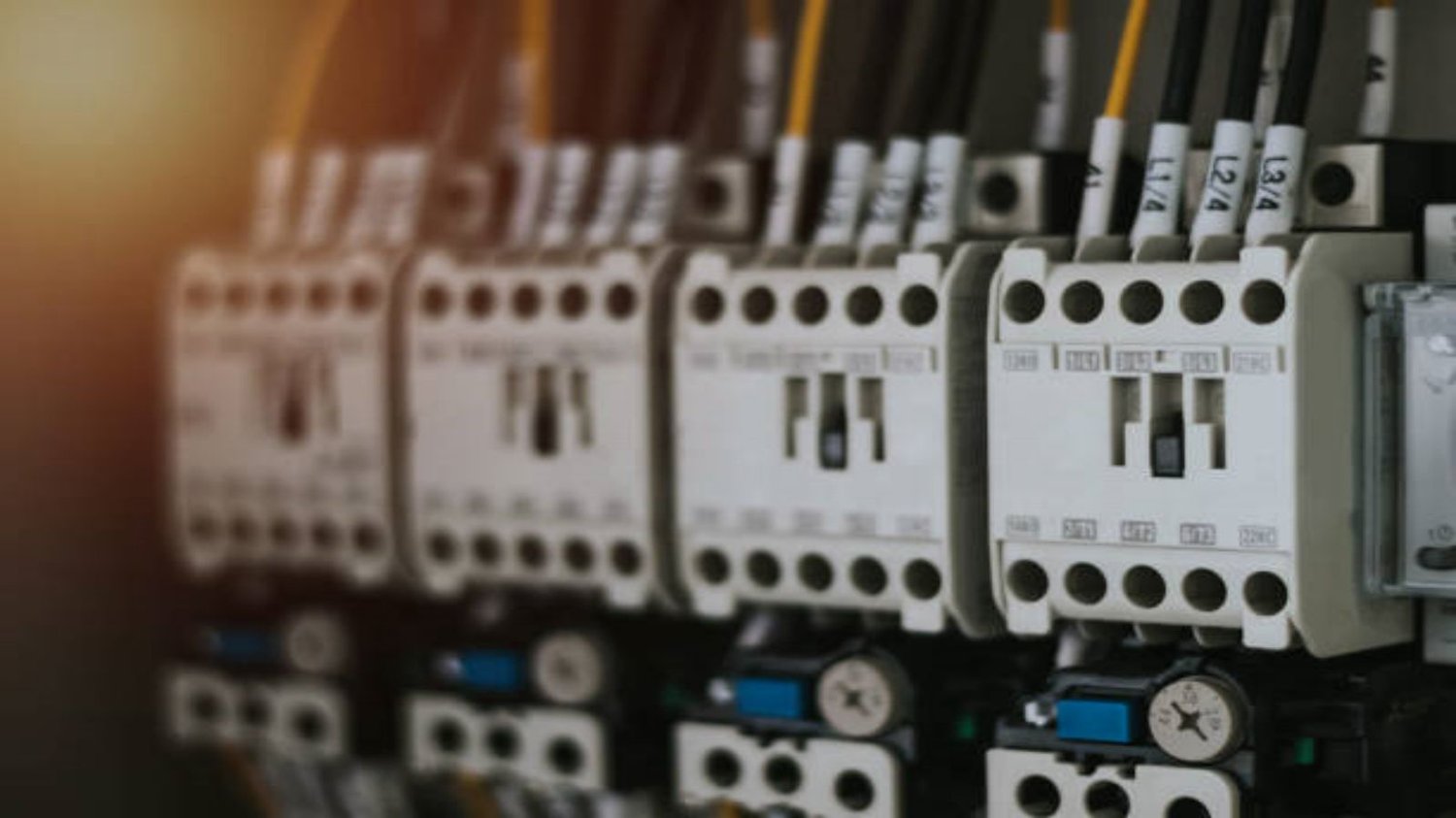Table of Contents

The Basics of a dc voltage control circuit
When it comes to controlling the voltage in a direct current (DC) circuit, a DC voltage control circuit plays a crucial role. This circuit is designed to regulate the voltage levels and ensure that the desired output is achieved. In this article, we will explore the various aspects of a DC voltage control circuit and understand its significance in different applications.
1. Understanding DC Voltage Control Circuit
A DC voltage control circuit is an electronic circuit that enables the regulation and adjustment of the voltage in a DC circuit. It allows users to control the output voltage to meet specific requirements. This circuit typically consists of various components, including resistors, capacitors, diodes, and transistors, which work together to maintain a stable voltage level.
2. Components of a DC Voltage Control Circuit
In order to create a DC voltage control circuit, several essential components are required. These components include a power source, a voltage reference, a feedback mechanism, and a control element. The power source provides the necessary energy, while the voltage reference sets the desired output voltage. The feedback mechanism continuously monitors the output voltage and provides information to the control element, which adjusts the voltage accordingly.
3. Working Principle of DC Voltage Control Circuit
The working principle of a DC voltage control circuit involves the concept of feedback control. The feedback mechanism continuously measures the output voltage and compares it with the desired voltage. If there is a deviation, the control element adjusts the voltage to bring it back to the desired level. This process occurs in a closed-loop system, where the output voltage is constantly monitored and regulated.
4. Importance of DC Voltage Control Circuit
The DC voltage control circuit is of utmost importance in various applications where precise voltage regulation is required. It ensures the stability and reliability of electrical systems by preventing voltage fluctuations. This circuit is commonly used in power supplies, battery charging systems, motor control, and electronic devices to maintain a consistent voltage level and protect sensitive components.
5. Types of DC Voltage Control Circuit
There are different types of DC voltage control circuits, each designed for specific applications. Some common types include linear voltage regulators, switched-mode power supplies, pulse-width modulation (PWM) controllers, and buck-boost converters. These circuits employ different techniques to regulate and control the voltage, depending on the requirements of the system.
6. Advantages of DC Voltage Control Circuit
The use of a DC voltage control circuit offers several advantages. Firstly, it enables precise voltage regulation, ensuring that the electrical system operates within the desired voltage range. This helps in preventing damage to sensitive components and improves overall system efficiency. Additionally, these circuits provide protection against voltage spikes and fluctuations, enhancing the reliability and longevity of electronic devices.
7. Applications of DC Voltage Control Circuit
The applications of a DC voltage control circuit are diverse and can be found in various industries. These circuits are commonly used in power generation and distribution systems, renewable energy systems, electric vehicles, aerospace technology, and telecommunications. They play a vital role in maintaining stable voltage levels and ensuring the proper functioning of complex electrical systems.
8. Troubleshooting and Maintenance
Like any electronic circuit, a DC voltage control circuit may encounter issues over time. Troubleshooting and regular maintenance are essential to identify and rectify any problems that may arise. Common issues include voltage instability, component failure, and incorrect voltage regulation. It is important to follow the manufacturer's guidelines and seek professional assistance when necessary to ensure optimal performance.
9. Future Trends in DC Voltage Control Circuit
As technology continues to advance, the development of more efficient and versatile DC voltage control circuits is expected. These circuits may incorporate advanced control algorithms, improved power management techniques, and enhanced integration with digital systems. The future trends aim to further optimize voltage regulation, reduce energy consumption, and enhance the overall performance of electrical systems.
10. Conclusion
A DC voltage control circuit is a fundamental component in electrical systems that require precise voltage regulation. It plays a vital role in maintaining stable voltage levels and protecting sensitive components. Understanding the basics of this circuit, its components, working principle, and applications can help in designing and implementing efficient electrical systems that meet specific voltage requirements.
